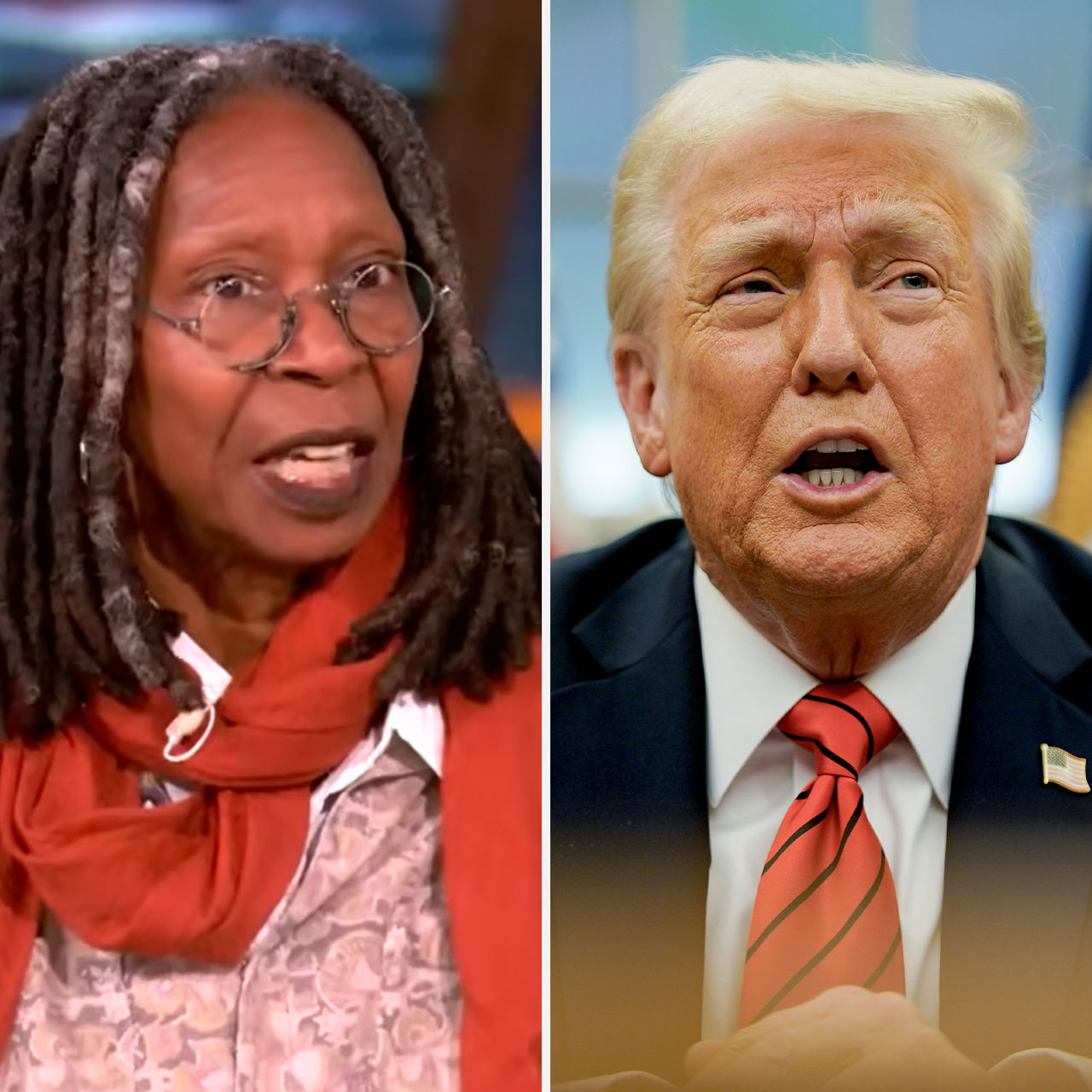According to a new study, some items in the Amazon Prime ‘Early Access Sale’ may be falsely labeled as ‘discounted.’ As Bloomberg reports, some recent prices posted on Amazon can “look like they are marked down,” but in actuality, “reflect the item’s regular price.” In other circumstances, the authors of the study found, a discount “might actually reflect a price increase,” the outlet noted.
ICYMI: As customers grapple with inflation-squeezed budgets, Amazon kicks off a two-day ‘Prime Early Access Sale,’ its second major sales event of the year, as rivals from Walmart to Best Buy joined in with early discounts https://t.co/K0V6JNwE5E pic.twitter.com/xntlVLyV3M
— Reuters (@Reuters) October 16, 2022
How The ‘List Price’ Works (And Other Findings From The Study)
The reason this works, the publication adds, is that many products sold by Amazon have a “list price.” This number “serves as a baseline” to point out the discount that customers are receiving. The researchers of the study also tracked prices for approximately 15,000 products in 2016 and 2017. They focused on items such as vacuum cleaners, blenders and digital cameras that Bloomberg writes “people purchase infrequently and where price varies widely.”
The researches found that regarding vacuums on the site, there was “one out of five cases” where list prices were introduced to highlight a discount. However, the discounted price was surprisingly more than the usual cost of the product. “It is really deceptive because they frame a price increase as a discount,” Jinhong Xie, a marketing professor at the University of Florida’s Warrington College of Business, (who worked on the study) said to Bloomberg. “This is a very effective way to mislead consumers,” Xie added.
More than half of #Amazon Early Access shoppers reported they were unable to get all of the items they wanted during the Prime sale. And, more than 1-in-3 shoppers said that none of what they wanted was in stock. Full study https://t.co/jjx9zFyZ8Q pic.twitter.com/PW8ZftLey5
— CivicScience (@CivicScience) October 20, 2022
Amazon’s Response
Megan Lagesse, an Amazon spokeswoman, notably said that the study “doesn’t accurately represent the shopping experience today.” However, she declined to be specific as to whether or how the site changed its policies. The authors of the study said that while their data may have been collected several years ago, the “same phenomena appear to still be playing out on the site,” Bloomberg writes.
Most of the so-called “deals” in the Amazon-concocted Prime Early Access Sale are overhyped. But these few identified by @Wirecutter are very good. https://t.co/l7RpZngn6T
— The New York Times (@nytimes) October 12, 2022
Regarding online marketplaces, practices such as pricing scams can be “more slippery and harder to track” as opposed to physical stores, Bloomberg‘s Spencer Sloper explains. Another notable finding from the study’s researchers was that the introduction of a list price with a price increase and bogus discount usually only stayed online for one day before both the list price and discount were removed.
“In a retail store you have to change price stickers, which is laborious,” said Sungsik Park, a marketing professor at the University of South Carolina (who also worked on the study). “Online, it’s going to be very hard for regulators to catch because they can change prices so easily and frequently.”


























